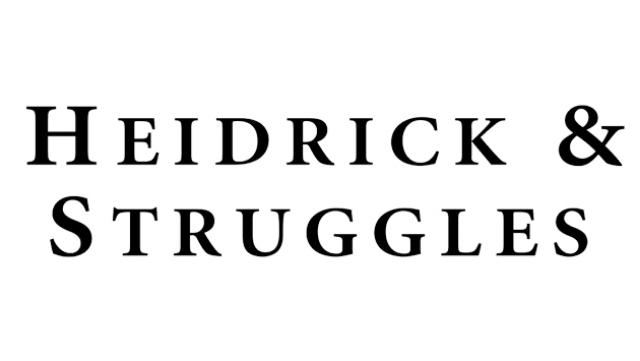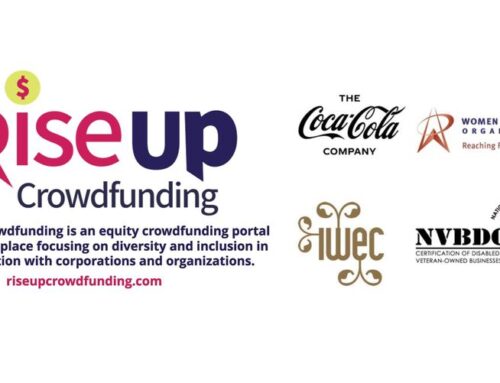Most organizations have never been more complex.
So how can organizations accelerate their performance and achieve the agility they need to compete today?
By Alice Breeden and Adam Howe, Heidrick & Struggles
Agility is critical to keeping pace with our world. Customers have the power to be more demanding than ever; keeping them happy requires businesses to respond quickly to fluctuating needs and emerging market trends. Globalization continues to expand the playing field and give rise to new and nimble competitors. And technologies such as automation and artificial intelligence (AI) are transforming the way people work and interact, creating new opportunities for organizations and their people.
But most organizations have never been more complex. Bogged down by legacy systems and top-heavy organizational structures, they struggle to be agile and to innovate and transform, increasing the risk of their falling behind the competition. In a context where people and culture already create the vast bulk of organizational complexity, the fast-changing external environment becomes an accelerating agent for it.
So how can organizations achieve the agility they need to compete today?
Creating the space and pace to win
Heidrick & Struggles research has identified an elite set of organizations (among the world’s largest 500 companies by market capitalization) that consistently outperformed their peers based on compound annual growth rate for organic revenue.1 These “superaccelerators” differentiated themselves not by industry, geography, or strategic focus but by their ability to mobilize, execute, and transform with agility.
Part of their success is a commitment to simplicity. Every superaccelerator explicitly addressed simplicity in its strategy, operating model, and culture. Our own research on superaccelerators shows to what extent they place strategic importance on simplicity. And acceleration matters: the high-accelerating teams in our research had, on average, a 22.8% higher economic impact than other senior teams, and their performance ratings were twice as high as those of their low-accelerating peers. (To learn more about other drive factors for accelerating performance, see “Bringing your organization up to speed.”)


